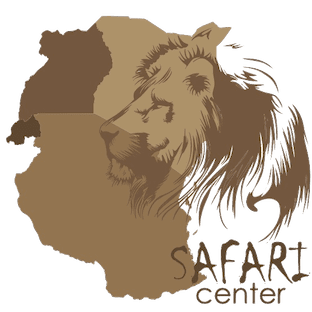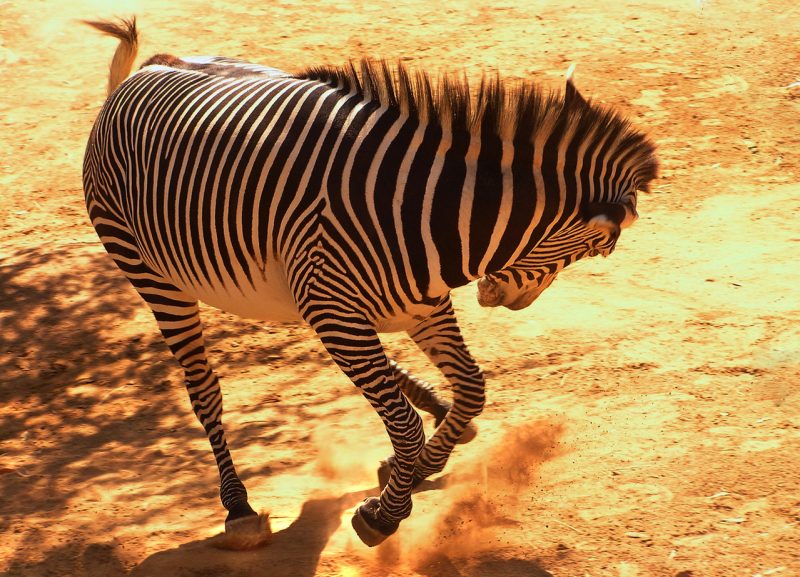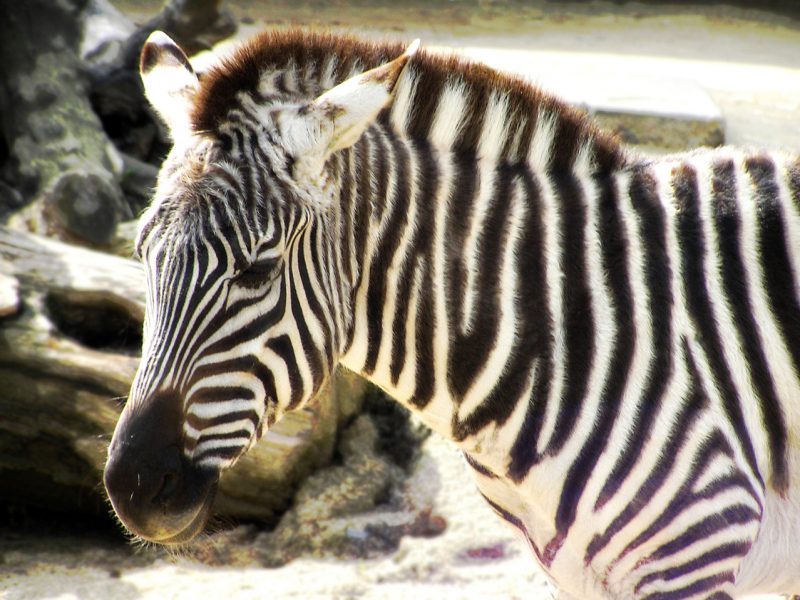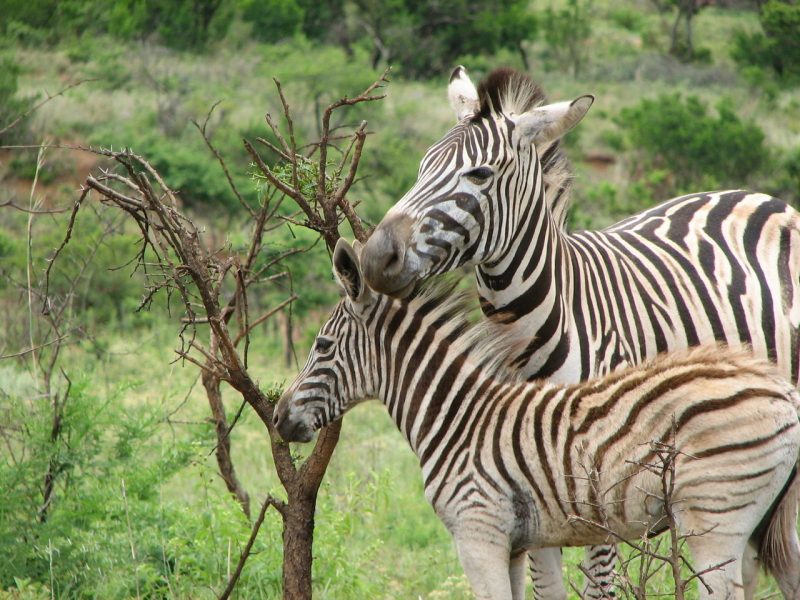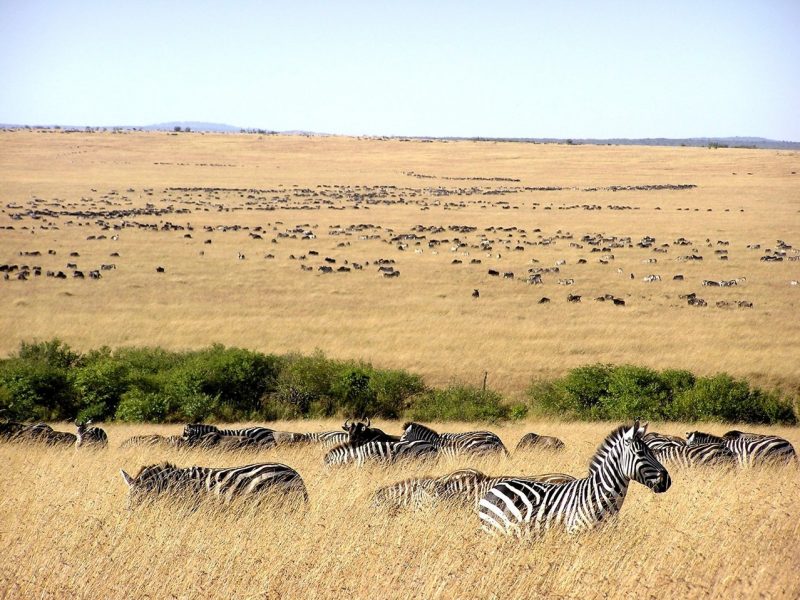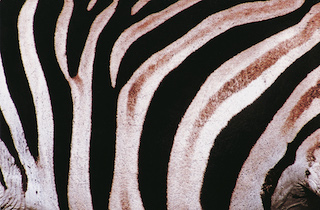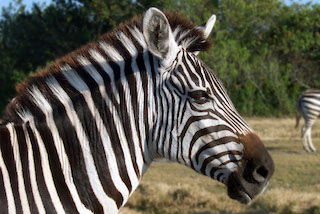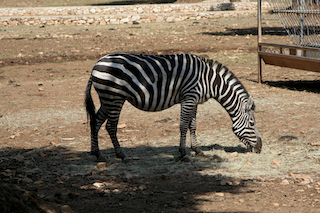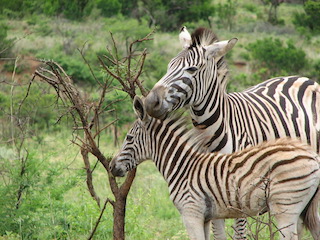Peculiar Dynamics Of Populations Of Zebra
Zebras belong to the family of Equidae. These social mammals are large, sturdy, spirited, and fast-running animals. They belong to the species of equine. They love roaming in the open grasslands, scrublands, mountains, and plains of sub-Saharan Africa. Zebras are hoofed animals which means they are animals with only one toe. They walk on the tip of the only toe they have on each foot that is protected by their tough hooves. Despite being nomadic herbivorous, zebras can easily outrun its predators. When predators chase them they run in zig-zag manner. Its predators include leopards, lions, hyenas, African wild dogs and crocodiles in the rivers. They sleep in standing position. A stallion is male zebra and mare a female. Zebra’s night vision is powerful as an owl’s. In the wild, they live up to 25 years and at zoos to 40 years.
Close relative hybrids
Zebras are close relatives to horses and donkeys. The only difference is that it is difficult to domesticate or train zebras due to their wild nature. Zebras have been able to breed with other species of equine such as a horse or a donkey. The hybrid foals thus produced are known as a zorse or a zonkey. Zebroid is the term referring to any hybrid with zebra ancestry. Zebra hybridization has been in existence for a century. The author of the 1899 Penycuik Experiments, Ewart, was one of the pioneers in this field. Several such hybrids now exist around the world. Zonkeys and zorses are infertile and are unable to reproduce themselves.
Species of zebra
There are three species of zebra which are common zebra, Grevy zebra, and mountain zebra.
Popular common zebra
Common zebras, also known as plains zebras, are the most populous species. They live in eastern and southern Africa and is the most prevalent in the continent of Africa. Common zebras are now extinct in Burundi and Lesotho. They usually live in treeless grasslands and savannas mixing with antelopes for extra protection against predators. It is the national animal of Botswana and has it as a symbol on its coat of arms.
Large Grevy zebra
Grevy zebra is the largest of the zebra species. They live in the sub-desert steppe and arid grasslands throughout Ethiopia, Somalia and northern Kenya. Because of its large, rounded ears and thick necks they look like mules with stripes. They have the thinnest lines extending to their white belly. With its excellent sense of smell, it can sometimes find water flowing underground. Grevy zebra is the most beautiful of zebras. The pattern of its hide is like a painting. The World-Conservation-Union lists them as an endangered species due to their severely reduced numbers brought on by drought and an increasing human population. They now primarily live in Southern Ethiopia and Northern Kenya.
Rare mountain zebra
Mountain zebras live in the grasslands of South Africa, Namibia and Angola. They are the least common of the species. They have vertical stripes on the torso and neck and horizontal ones on the haunches. The Mountain zebras are considered vulnerable.
Extinct subspecies Quagga
One of the extinct subspecies of Common Zebras is called Quagga. They lived in South Africa and was thought to be a separate species due to its unique coloring. They looked like a cross between a zebra and a horse. The last quagga died at a zoo in Amsterdam in 1883. Through a program that has now proven to be very successful, biologists are trying to revive and bring it back from extinction with the use of DNA retrieved from preserved quagga pelts and of selected zebra.
Different communication styles
Zebras use different vocal calls such braying, barking and snorting sounds to communicate. They also use various facial expressions to connect. For example, they can turn their ears in any direction to express their mood such as pulling them backward when they are angry and standing them erect when feeling calm and friendly. They reinforce their bonds by nibbling on each other.
Natural massive migration
Every year, thousands of zebras begin the long journey from Tanzania to Kenya covering a distance of 1,800 miles to find food and water. This annual trek exposes them to a myriad of dangers. But it is awe-inspiring to watch such massive herds migrate across the Serengeti plains.
Impractical to tame
It is possible but not practical to tame zebras.. First, unlike horses, they have not had centuries of evolution to have backs robust enough to carry human beings. Second, zebras are violent and can only survive in the wild where lions are their predators. Third, the kick of a zebra is so powerful that there are several cases of zebras killing lions by a kick. Fourth, they are unpredictable and inflict obnoxious bite wounds when people get too close to them. Fifth, field scientists determined that it is not kind to tame them because to do so it was essential to change their natural instincts drastically, i.e., to tame their aggression. It requires some very different treatment which was deemed to be cruel. Hence although attempts were made in the past to train zebras, they were abandoned.
Grave population risks
There have been sharp population declines of common zebra although they are more widespread and numerous than the mountain zebra and the Grevy’s zebra. They are not on the verge of extinction. But the mountain zebra and the Grevy’s zebra are in grave danger of extinction. Human intervention and habitat loss pose the greatest risk to its existence. People hunt them for sport, their distinctive skins, meat and medicinal uses. In the wild, over-hunting, agricultural practices, and livestock grazing pose grave dangers to zebra populations. Today there are 750,000 Common zebras, 2,500 Grevy’s zebras, and 800-1300 mountain zebras in the wild. Since 2002 the African wildlife foundation has been working closely with local authorities and communities to secure key areas for zebra’s conservation.
5 Frequently Asked Questions About Zebra
To receive a colourful digibook about Zebra with videos, images and text, please fill out the following form or simply email us on safaris@safari-center.com
